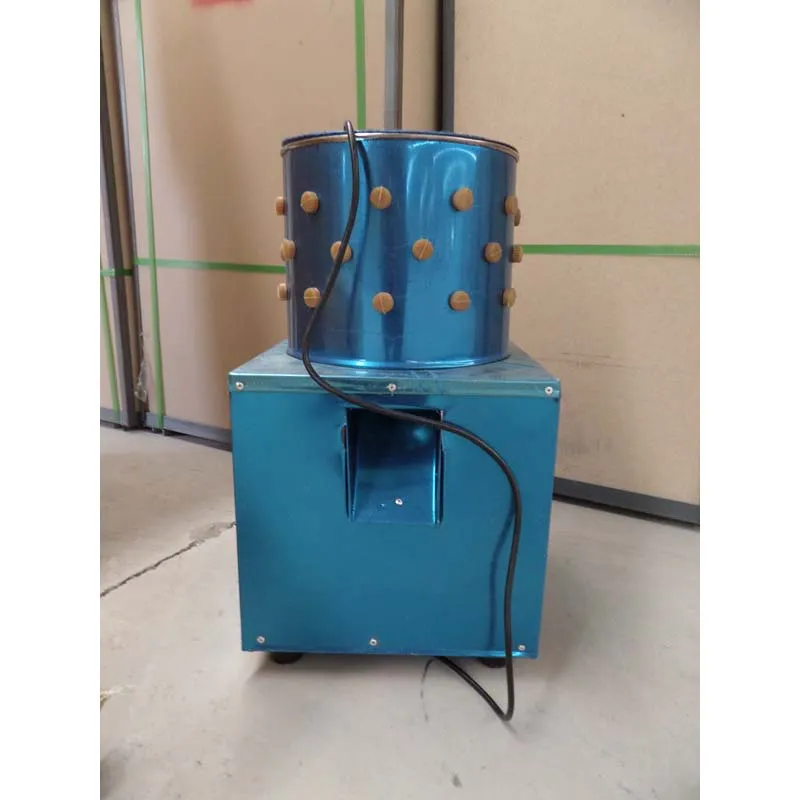poultry cage feeders
Oct . 11, 2024 01:05 Back to list
poultry cage feeders
Understanding Poultry Cage Feeders Enhancing Efficiency in Poultry Farming
Poultry farming has evolved significantly over the years, transitioning from traditional methods to more advanced, efficient systems. One of the key components that have emerged in this evolution is the use of poultry cage feeders. These specialized feeding systems play a critical role in optimizing feed distribution, minimizing waste, and ensuring that birds receive the right amount of nutrients necessary for healthy growth.
What are Poultry Cage Feeders?
Poultry cage feeders are devices designed to provide feed to birds housed in cages, whether chickens, turkeys, or other poultry species. Typically made from durable materials such as galvanized steel or plastic, these feeders come in various designs to cater to different types and sizes of cages. The primary function of these feeders is to supply a consistent feed supply, which is vital for the health and productivity of the flock.
Types of Poultry Cage Feeders
There are several types of poultry cage feeders, each serving unique purposes
1. Tube Feeders These feeders are elongated tubes where feed is dispensed through slits. They are efficient as they minimize waste, allowing birds to feed easily while keeping the feed fresh.
2. Pan Feeders These are shallow, round containers that provide a wider feeding surface. They are suitable for larger birds, enabling multiple birds to feed simultaneously and reducing competition.
3. Automatic Feeders For larger operations, automatic feeders are an excellent option. These systems can be programmed to dispense specific amounts of feed at set intervals, ensuring that each bird receives the proper nutrition without the need for manual feeding.
poultry cage feeders

Advantages of Using Poultry Cage Feeders
Implementing poultry cage feeders in farming operations comes with a host of benefits
1. Reduced Feed Waste One of the most significant advantages of using cage feeders is the reduction of feed waste. Traditional feeding methods often result in spillage and contamination, leading to higher costs and lower feed efficiency. Cage feeders keep the feed contained and easily accessible, allowing birds to consume more while wasting less.
2. Improved Health and Hygiene Proper feed management is crucial for maintaining flock health. Poultry cage feeders minimize feed exposure to contaminants and pests, reducing the risk of diseases and promoting overall flock health.
3. Consistent Nutrition Delivery With cage feeders, farmers can ensure that each bird receives consistent amounts of feed. This is particularly important for poultry, as uneven feed distribution can lead to competition, stress, and uneven growth rates.
4. Labor Efficiency Automated and well-designed feeders reduce the labor required for feeding, allowing farmers to focus on other essential aspects of poultry management. This efficiency can lead to cost savings in labor, particularly in larger operations.
5. Customization Many poultry cage feeders are adjustable and can be customized based on the needs of specific poultry species or growth stages. This customization ensures optimal feeding strategies are tailored for the flock's unique requirements.
Conclusion
Poultry cage feeders are a vital component of modern poultry farming. They not only enhance feeding efficiency but also promote better health and growth among birds. As the industry continues to innovate, the role of these feeders will undoubtedly become even more pronounced. Farmers looking to improve their poultry operation should consider investing in high-quality poultry cage feeders as part of a comprehensive approach to feed management. By doing so, they can ensure that their flock is nourished effectively while minimizing waste and maximizing productivity. In an era where productivity and sustainability are ever more critical, poultry cage feeders represent a forward-thinking solution in the quest for successful poultry farming.
-
Hot Sale 24 & 18 Door Rabbit Cages - Premium Breeding Solutions
NewsJul.25,2025
-
Automatic Feeding Line System Pan Feeder Nipple Drinker - Anping County Yize Metal Products Co., Ltd.
NewsJul.21,2025
-
Automatic Feeding Line System Pan Feeder Nipple Drinker - Anping County Yize Metal Products Co., Ltd.
NewsJul.21,2025
-
Automatic Feeding Line System - Anping Yize | Precision & Nipple
NewsJul.21,2025
-
Automatic Feeding Line System - Anping Yize | Precision & Nipple
NewsJul.21,2025
-
Automatic Feeding Line System-Anping County Yize Metal Products Co., Ltd.|Efficient Feed Distribution&Customized Animal Farming Solutions
NewsJul.21,2025






